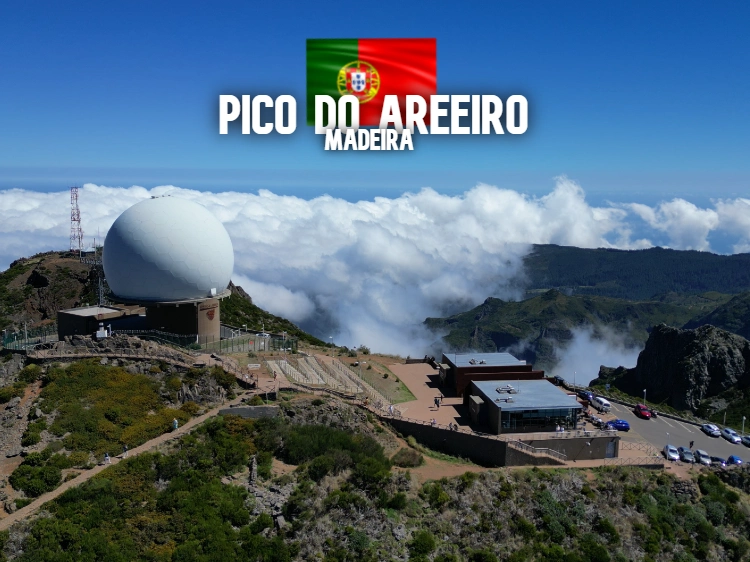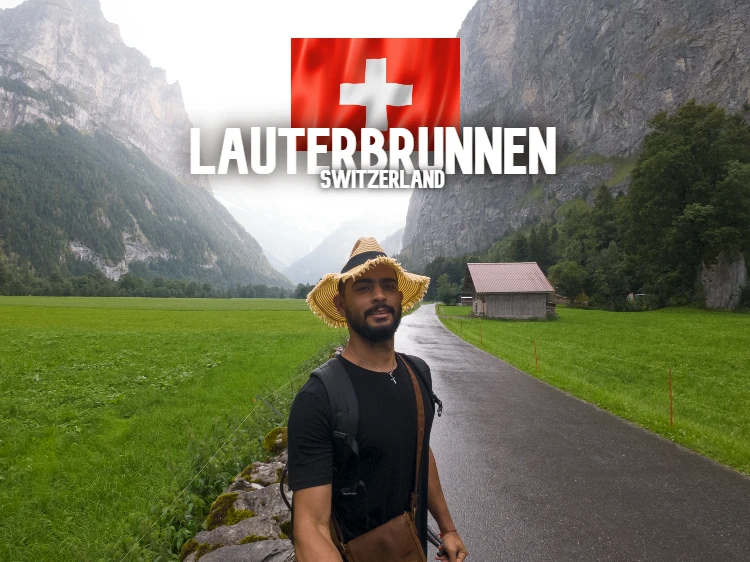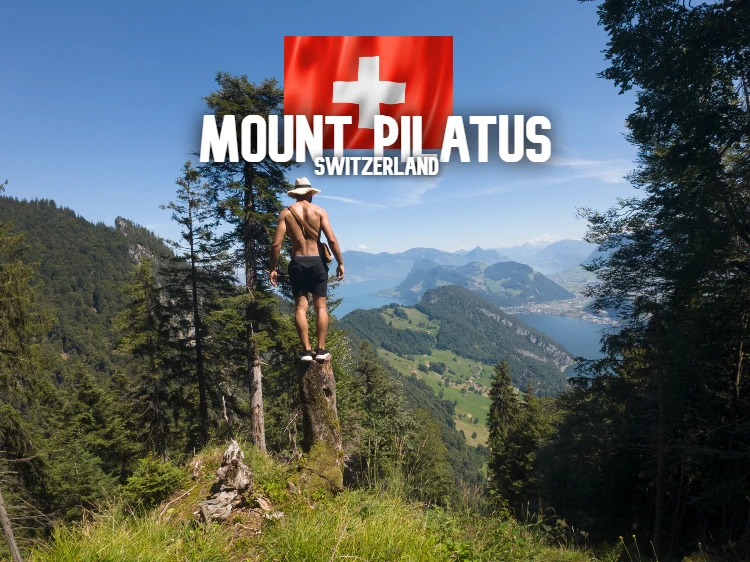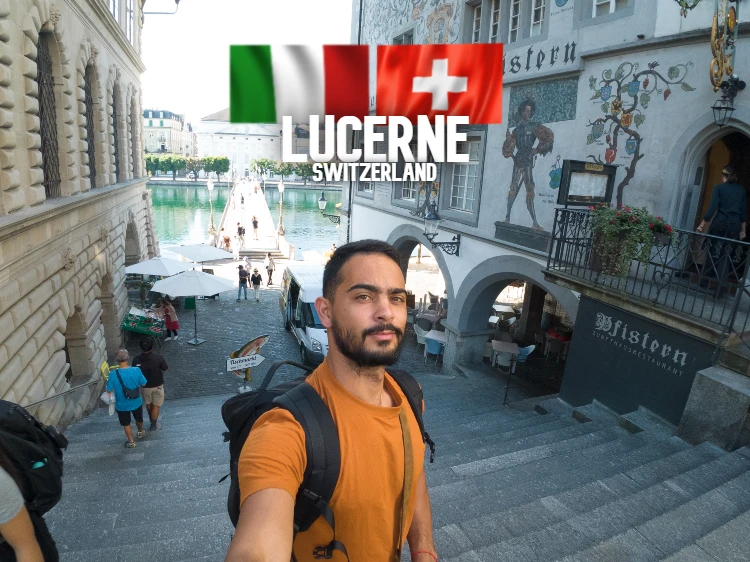We got up early in Venice to catch the flixbus to Milan. We went from the island of Venice to the flixbus pick-up point. As soon as we arrived, we went for breakfast. I had a sandwich and cappuccino, which was fine.
From Milan to Lugano, Switzerland
It took 3 hours from Venice to Milan. We decided to take the bus this time so that we could sleep better, after all, the seat on the bus can recline very well and the one on the train cannot. We arrived in Milan at around 13:20. My next destination was Switzerland and the next bus was at 15:00. I bought my ticket to Lugano. From then on, the atmosphere was very dull, goodbyes are not good. After having such a good time on a trip with someone you like, what you want most is to repeat those moments over and over again. We cried a little, hugged and kissed. We knew that this wasn’t goodbye, but goodbye, because we wanted to see each other again as soon as possible. My bus to Lugano arrived and I set off for Switzerland, while Ingrid waited for her flight from Milan to Madrid, which was due to depart later that evening.
Roaming has stopped working
When I arrived in Lugano, I realized that my roaming wasn’t working properly and that it had almost run out. While I was trying to connect and find out how to get to Lugano train station, I received a notification that roaming had reached €100, the maximum limit, and had been deactivated.
An important detail: the flixbus stop in Lugano is not at the city’s main station, so I had to walk to the city’s main station.
But without internet, I ended up asking people who were there. A girl and her mother (apparently) came up to me asking if the flixbus stop was right there, I said yes and also took the opportunity to ask where to catch the bus to the main station. They gave me directions and told me where to catch the next bus there.
Lugano: Where Swiss and Mediterranean traditions meet
Lugano, a captivating city in southern Switzerland, is renowned for its blend of Swiss charm and Italian flair. Nestled beside the stunning Lake Lugano and surrounded by rolling hills and mountains, this vibrant city offers a unique experience that seamlessly merges cultures, nature, and elegance.
One particularly intriguing aspect of Lugano is its status as a cultural crossroads. Due to its proximity to the Italian border and its historical ties with the region, Lugano exudes a distinct Mediterranean influence. This influence is palpable in the city’s architecture, cuisine, and even its way of life. As you explore the streets, you might notice the melodic blend of Swiss German and Italian spoken by the locals, reflecting the city’s cosmopolitan character.
Lugano’s Mediterranean flair is beautifully complemented by its picturesque lakefront setting. The city’s palm tree-lined promenades, public parks, and lakeside cafés create an ambiance reminiscent of the Italian Riviera. Taking a leisurely stroll along the lake’s edge, you can soak in the mesmerizing views of the water, surrounding mountains, and the distant cityscape.
Adding to Lugano’s allure is its reputation as a cultural hub. The city is home to a range of art galleries, museums, and cultural institutions that celebrate both its Swiss heritage and its international connections. One prominent highlight is the Museo d’Arte della Svizzera Italiana (MASI), which houses a diverse collection of Swiss and Italian art, showcasing the blend of influences that define Lugano.
For those seeking relaxation and indulgence, Lugano doesn’t disappoint either. The city is known for its luxurious resorts and wellness spas that offer rejuvenating treatments against the backdrop of stunning landscapes. Imagine unwinding with a soothing massage while overlooking the serene waters of Lake Lugano.
Additionally, Lugano hosts a variety of events and festivals that draw visitors from near and far. The Estival Jazz, an internationally acclaimed jazz festival, transforms the city into a vibrant musical hub each summer. The city’s cultural calendar is further enriched by theater performances, film festivals, and outdoor concerts, contributing to its reputation as a destination where art and entertainment thrive.
In essence, Lugano presents an alluring fusion of Swiss precision, Italian charm, and natural beauty. Whether you’re exploring its Mediterranean-influenced streets, indulging in lakeside relaxation, or immersing yourself in its vibrant cultural scene, Lugano invites you to experience a captivating blend of the best of both worlds.
I had no internet in Switzerland
All said and done, I took the next bus to Lugano’s main station, but when I got there, I still had the same problem: internet connection! Without the internet I couldn’t buy a train ticket, and I’d completely forgotten that I could buy it at the machines or at the ticket office.
I then went downstairs to Lugano station, looking for free wifi where I could buy tickets online for Estavayer-le-lac, my last destination where my grandmother was. My plan was to sleep there. In this search for wifi, I wasted about two hours, bought a sim card that didn’t work and couldn’t connect. Then I met a girl from Belgium who tried to help me and told me about a store that had free wifi, H&M. I went there and managed to buy a train ticket to Estavayer-le-lac. It was around 7pm and the journey to Estavayer took around 5 hours. Unfortunately, on this day the St Gotthard tunnel was being worked on, so it was blocked and it was not possible to take the train through there. So the new route would take a detour through the mountains, taking an extra hour to reach the final destination. I did the math and arrived in Estavayer-le-lac at around 00:30. I didn’t want to arrive that late and disturb my grandmother with the people in the house, they are already elderly and were asleep. So, I decided to sleep in Lucerne.
The first train I took was from Lucerne to Arth-Goldau. On this train, I got into the wrong carriage, a carriage dedicated to families. Then a lady and her daughter sat down in the seats opposite me. They were very nice, the daughter was very beautiful, the girl was 16 and her mother was about 45.
We chatted throughout the trip. They told me about the party that was taking place in Zurich, the Street Parade, a big party that takes place every year in Zurich. The website for the 2023 event is here, click here https://www.streetparade.com/en/
What is Lucerne known for?
Lucerne, often referred to as the “Gateway to Central Switzerland,” is famous for its stunning natural beauty, rich history, and vibrant cultural scene. Nestled between the shores of Lake Lucerne and the surrounding mountain peaks, this picturesque city offers a captivating blend of old-world charm and modern allure.
As someone who knows the city of Lucerne well, and who has been there a good few times, I’ll give you a few facts about the city.
The Chapel Bridge (Kapellbrücke)
One of Lucerne’s most iconic landmarks is the Chapel Bridge, a covered wooden bridge that spans the Reuss River. What makes this bridge particularly cool is its historical significance and unique structure. Built in the 14th century, the Chapel Bridge is one of the oldest wooden bridges in Europe and the world. It originally served as part of the city’s fortifications.
Water Tower (Wasserturm)
Connected to the Chapel Bridge is the Water Tower, a stone tower that once functioned as part of the city’s medieval defenses. The Water Tower is even older than the bridge, dating back to the 13th century. The combination of the wooden bridge and the stone tower creates a picturesque scene that is often depicted in postcards and photographs of Lucerne.
The Lion Monument (Löwendenkmal)
Lucerne is home to the famous Lion Monument, a sculpture carved into a sandstone rock face. Created in the early 19th century, the monument commemorates Swiss Guards who were massacred during the French Revolution. The sculpture depicts a dying lion, a powerful and moving piece of art that has become a symbol of bravery and sacrifice.
Lake Lucerne (Vierwaldstättersee)
The city is situated on the shores of Lake Lucerne, surrounded by mountains, creating a breathtaking natural setting. Lake Lucerne is not only a beautiful place for boat rides and relaxation, but it also has historical significance. The lake was a strategic location for trade and transportation in the region.
Swiss Transport Museum (Verkehrshaus der Schweiz)
Lucerne is home to the Swiss Transport Museum, a fascinating attraction for those interested in the history of transportation. The museum showcases various modes of transportation, from historic trains to modern aircraft, and offers interactive exhibits that make it engaging for visitors of all ages.
Pilatus and Rigi Mountains
Lucerne serves as a gateway to the stunning Pilatus and Rigi mountains. Mount Pilatus offers panoramic views of the Swiss Alps, while Mount Rigi, known as the “Queen of the Mountains,” provides breathtaking scenery and is a popular destination for hiking and winter sports.
Cultural Events and Festivals
Lucerne is a hub of cultural activities, hosting events such as the Lucerne Festival, known for its classical music performances. The Fasnacht, Lucerne’s lively carnival, is another highlight that attracts both locals and visitors.
Old Town (Altstadt)
Lucerne’s charming Old Town is a maze of narrow streets, medieval buildings, and quaint squares. It’s a delightful area to explore on foot, offering a glimpse into the city’s historical past.
Glacier Garden
This unique natural monument features glacial potholes, fossilized shellfish, and rock formations that tell the story of Lucerne’s geological history.
Diverse Culinary Scene
Lucerne boasts a variety of dining options, from traditional Swiss cuisine to international flavors. Cafes, restaurants, and local markets offer a culinary journey through Swiss gastronomy.
Shopping and Souvenirs
The city’s shopping districts, like Hertensteinstrasse and Kapellgasse, offer a range of boutiques, art galleries, and souvenir shops where you can find Swiss watches, chocolates, and handicrafts.
Lucerne’s blend of history, natural beauty, and cultural richness make it a destination that captures the hearts of travelers from around the world. Whether you’re strolling along the lake, exploring its historic sites, or taking in the mountain vistas, Lucerne’s allure is undeniable.
Sleeping in Lucerne
I confess that I would have loved to have been in Zurich for the Street Parade, but I would have been very upset if I hadn’t followed my travel plans, such as visiting Lauterbrunnen. So I decided to sleep in Lucerne so as not to disturb my grandparents.
We made our way to Arth-Goldau station, the two of them got on another train to Zurich and I left to wait for the next train to Lucerne, where I was going to spend the night. Arriving at Lucerne Station. I went to Burger King, which is right in the station. There I ordered two hamburgers and went upstairs to use the wifi and look for a hostel where I could spend the night.
I found the Barabas hostel, a very cozy and comfortable hostel, I loved it. I paid 73€, a bit expensive, but it’s Switzerland and there was no other solution if I didn’t want to sleep on the streets, at least breakfast was included. The rooms sleep a maximum of 6 people, are very clean and air-conditioned, which makes the experience even better. I got there, checked in, showered and went to sleep.








